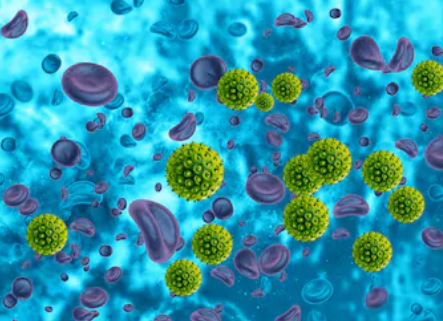The core components of the intrinsic mitochondrial apoptotic pathway are proteins of the Bcl-2 family. Members of this family can be subdivided into pro- and anti-apoptotic proteins. Although the precise mechanisms of how they regulate apoptosis are still unclear, the stoichiometric balance of pro and antiapoptotic proteins of this family seems crucial. High concentrations of the antiapoptotic proteins Bcl-2, Bcl-xL, A1 or Mcl-1 can inhibit the mitochondrial apoptotic pathway.
Diverse strategies have been employed to target Bcl-2 and the related proteins Bcl-xL and Mcl-1:
(1) Antisense techniques to downregulate protein levels
(2) Application of BH3 domain peptides
(3) Synthetic small molecule drugs, which interfere with the complex formation of anti- and proapoptotic Bcl-2 family members, thereby setting previously quenched proapoptotic proteins on the loose.

Creative Bioarray can assist with studying BCL2 related targets, discovering drugs, and studying disease mechanisms. Our services include but are not limited to:
Construction of Antisense Expression Vector
Taking mRNA as the target molecule, antisense drugs bind to a specific part of the mRNA molecule to regulate gene expression at the splicing or translation level, which is called antisense technology.
Antisense oligonucleotide technology has obvious advantages:
Relying on a professional cell death research platform and an experienced team, Creative Bioarray can design and synthesize antisense oligonucleotide sequences according to your research goals and requirements to help your gene function and clinical treatment research.
Screening of Small Molecule Bcl-2/Bcl-x L Modulators
The BH3 domain comprises a 9-amino-acid amphipathic a-helix that binds to a hydrophobic pocket of Bcl-2-like antiapoptotic proteins. Therefore, peptides and small molecules mimicking BH3 domain proteins aim at disrupting this complex, thereby sensitizing cells to apoptosis.
To enhance cell entry of BH3 domain peptides, Creative Bioarray can provide several strategies like the coupling of BH3 peptides to protein transduction domains from HIV Tat protein, HSV VP22 or Drosophila Antennapedia protein (ANT), conjugation to fatty acids or delivery by cationic lipids.
In addition to BH3 peptides, Creative Bioarray can help you discover and identify small molecules that interfere with the function of Bcl-2/Bcl-xL by screening chemical libraries.
Creative Bioarray has many years of experience in screening and developing small-molecule regulators and can provide customers with a variety of high-quality services. We can design and plan experimental schemes as requested, provide suitable solutions, and help you quickly find compound structures with development potential in the early stage of research.

Professional Platform and Excellent Team
We have a professional technical platform, equipped with advanced instruments and talented and well-trained experts.
Committed to Quality
We put quality first. We provide high-quality products, services and solutions to support customers worldwide.
World-class Service Capabilities
We provide one-stop service, from order to final report, to provide the best solution for your research. We hope to help you complete your research more easily and efficiently.
Customer-centric
We adhere to a mutually beneficial and win-win cooperation model, pay attention to customer needs and goals, and create the greatest value for customers.
If you are interested in our services, please contact us for more detailed information.
Online Inquiry